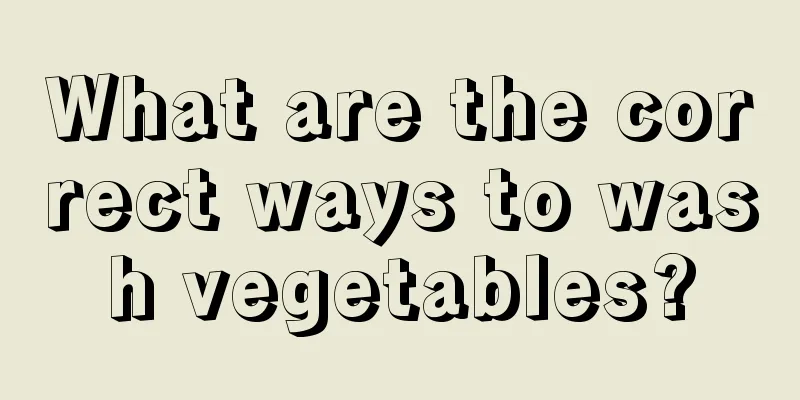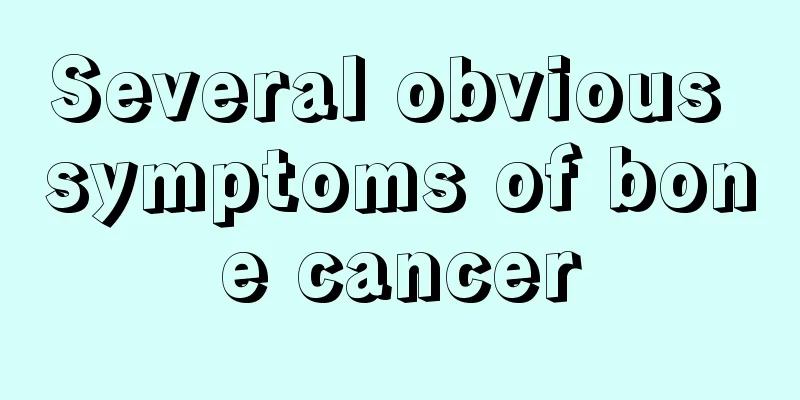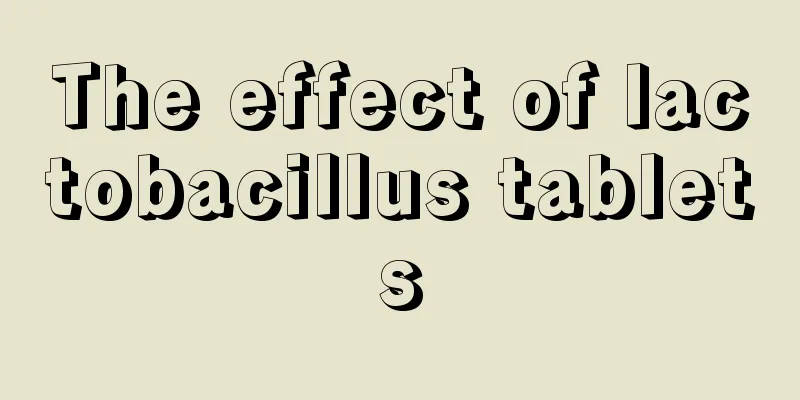What are the correct ways to wash vegetables?

|
Some people think that to wash vegetables, just put them in water and rinse them clean, but they don’t know that the real way to wash vegetables must be scientific. There are a lot of pesticides remaining in the leaves. If they are not washed clean, not only will the pesticides be ingested into the stomach, but it will also have an impact on the body. Some people like to cut the vegetables first and then wash them, or wash them first and then cut them. So what are the correct ways to wash vegetables? After vegetables are chopped, the area of direct contact with water increases many times, which will cause the water-soluble vitamins in the vegetables, such as B vitamins, vitamin C, some minerals and some water-soluble sugars to dissolve in the water and be lost. At the same time, when vegetables are chopped, the chances of them being contaminated by bacteria on the surface of the vegetables will increase, posing health risks. Therefore, vegetables should not be cut first and then washed, but should be washed first and then cut. There are several more appropriate ways to wash vegetables. Soak in light salt water: Generally, vegetables should be rinsed with clean water at least 3 to 6 times, then soaked in light salt water for 1 hour, and then rinsed with clean water once. For heart-shaped vegetables, you can first cut them open, soak them in clean water for 2 hours, and then rinse them with clean water to remove residual pesticides. Alkali washing: first put a small pinch of alkali powder and sodium carbonate in the water, stir well, then put the vegetables in, soak for 5 to 6 minutes, then rinse with clean water. You can also use baking soda instead, but the soaking time should be extended to about 15 minutes. Blanch in boiling water: When cooking green peppers, cauliflower, beans, celery, etc., it is best to blanch them in boiling water before putting them in the pot, which can remove 90% of the residual pesticides. Disinfection with sunlight: Exposure of vegetables to sunlight will decompose and destroy some of the pesticide residues in the vegetables. It has been determined that if vegetables and fruits are exposed to sunlight for 5 minutes, the residues of organochlorine and organomercury pesticides will be reduced by 60%. Vegetables that are easy to store should be left at room temperature for about two days, and the average disappearance rate of residual chemical pesticides is 5%. Wash with rice water: Rice water is acidic, and organophosphorus pesticides will lose their toxicity when encountering acidic substances. Soak the vegetables in rice water for about 10 minutes and then wash them with clean water to reduce the pesticide residues in the vegetables. Washing vegetables is very important. Vegetables are food that we must eat every day. Vegetables contain a lot of pesticides. If they are not washed thoroughly, it will have an impact on the body, especially for cabbage, which has too many residual pesticides in the collection. They need to be washed one by one and clean. If there are too many vegetables with pesticides, they need to be soaked in water or disinfected with salt. |
<<: The difference between thymosin and thymopentin
>>: What is systolic blood pressure
Recommend
Brain cancer in late stage, haven't eaten for 20 days
Late stage brain tumor refers to malignant tumor....
How to relieve itching and swelling after being bitten by a mosquito
There are more mosquitoes in summer. Being bitten...
Is running good for your lumbar spine?
Long-term running has many benefits for human hea...
Do you know what hemiplegia means?
Hemiplegia is a movement disorder caused by hyper...
Is it better to have a high or low basal metabolism
The human body has metabolism every day. Some peo...
What's wrong with my big and hard belly
Many people have big bellies, but it does not see...
Let’s analyze the causes of brain cancer
The incidence of brain cancer in China is getting...
Chronic gastritis with hyperplasia
Chronic gastritis is a relatively common stomach ...
What are the symptoms of bladder cancer in the late stage?
The symptoms of bladder cancer can develop from t...
There's something blocking my throat and I feel stuffy
Many people have experienced something blocking t...
Probability of metastasis and recurrence of endometrial cancer
Endometrial cancer is a common gynecological mali...
It takes several years from a small nodule to lung cancer
If the nodule is benign, it will not turn into ca...
Can the leaves of Panax notoginseng be eaten?
Can the leaves of Panax notoginseng be eaten? The...
Clinical examination methods for ovarian tumors
Ovarian tumor is a common reproductive organ dise...
What is the reason for the pungent smell of urine
Pungent urine smell refers to a strong urine smel...









